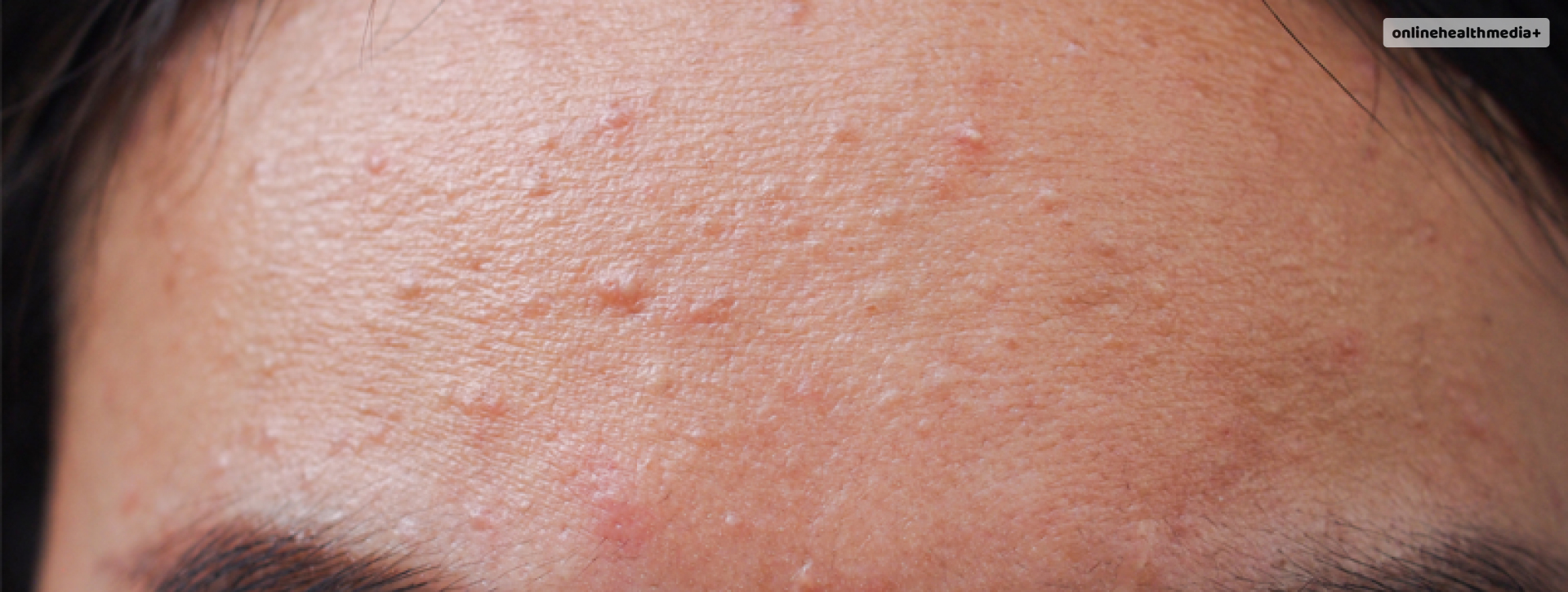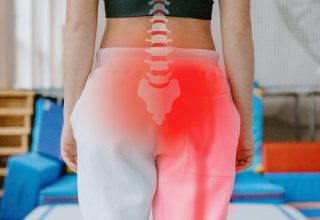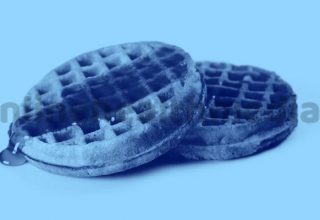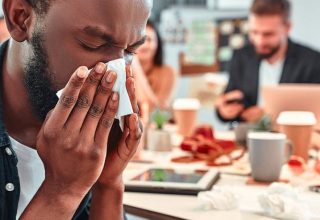Fungal Acne Treatment At Home: Holistic Approaches To Fungal Acne Treatment At Home.
Fungal Acne Treatment At Home: Fungal acne, also known as pityrosporum folliculitis, is a skin condition caused by an overgrowth of yeast on the skin.
Unlike traditional acne, which is bacterial in nature, fungal acne requires a different approach to treatment.
While consulting with a dermatologist is crucial for an accurate diagnosis and professional guidance, there are several effective home remedies and lifestyle changes that can aid in the management of fungal acne.
In this article, we will explore various holistic approaches to treating fungal acne at home.
Understanding Fungal Acne
Fungal acne is caused by an overgrowth of a yeast called Malassezia, which is naturally present on the skin.
Under certain conditions, such as a warm and humid environment, this yeast can multiply excessively and lead to the development of small, itchy, and acne-like bumps.
Common triggers for fungal acne include excessive sweating, the use of occlusive skincare products, and prolonged antibiotic use.
Malassezia yeast is typically present on the skin without causing any issues, but under certain conditions, it can multiply excessively and lead to the development of acne-like lesions.
Here’s how fungal acne occurs:
1. Overgrowth of Malassezia Yeast:

– Malassezia is a naturally occurring yeast that lives on the skin’s surface. It feeds on the oils produced by the sebaceous glands. In most cases, this yeast coexists with other microorganisms on the skin without causing problems.
2. Favorable Conditions for Overgrowth:
– Certain factors create an environment conducive to the overgrowth of Malassezia. These factors include warm and humid conditions, excessive sweating, and the use of occlusive skincare products. These conditions provide an ideal breeding ground for the yeast to multiply.
3. Imbalance in the Skin Microbiota:

– The skin has a delicate balance of microorganisms, including bacteria and fungi. When there is an imbalance in this microbiota, such as an overgrowth of Malassezia, it can lead to skin issues. Factors like the use of antibiotics, which disrupt the natural balance, may contribute to the proliferation of Malassezia.
4. Follicular Inflammation:
– Malassezia yeast can invade hair follicles, leading to inflammation and irritation. The yeast produces substances that trigger an immune response, resulting in the formation of small, red, itchy bumps resembling traditional acne lesions.
5. Common Triggers:
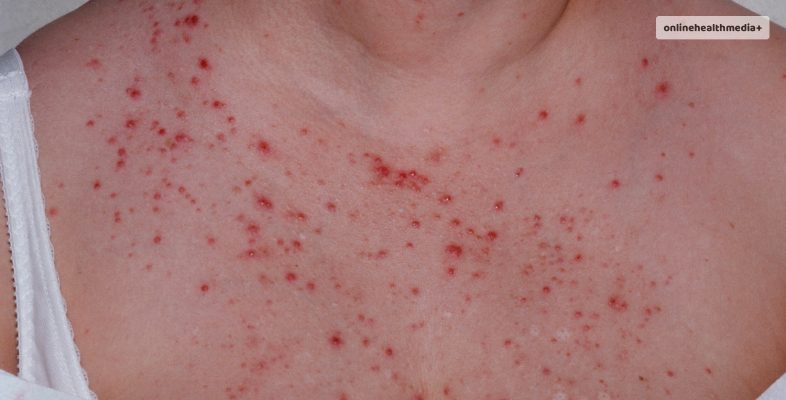
– Certain triggers may contribute to the development of fungal acne. These include:
– Excessive Sweating: Sweat provides a moisture-rich environment that encourages yeast growth.
– Use of Occlusive/Clogging Skincare Products: Products that create a barrier on the skin, such as heavy moisturizers and oils, can trap moisture and contribute to fungal overgrowth.
– Prolonged Antibiotic Use: Antibiotics can disrupt the balance of microorganisms on the skin, potentially allowing Malassezia to thrive.
6. Presentation of Fungal Acne:
– Fungal acne lesions often appear as small, uniform, itchy, and acne-like bumps. They may be concentrated in specific areas, such as the chest, back, shoulders, and face.
Unlike traditional acne, fungal acne is not caused by bacteria and does not respond well to typical acne treatments.
7. Diagnosis and Treatment:
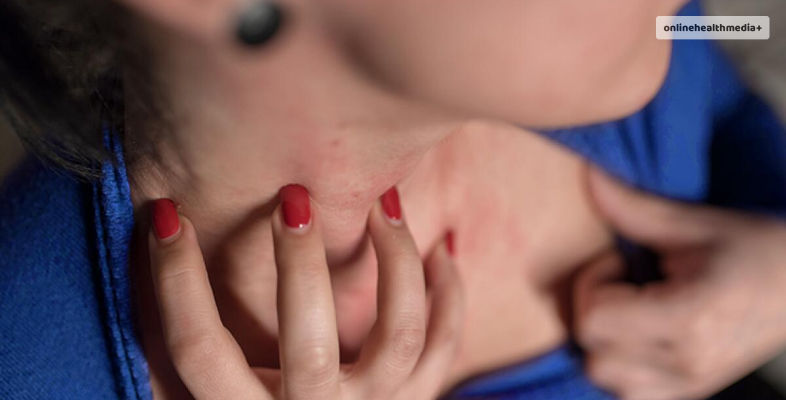
– A dermatologist can diagnose fungal acne based on the appearance of the lesions and, if necessary, perform additional tests.
Treatment typically involves antifungal agents, both topical and, in some cases, oral medications. Lifestyle changes, such as using antifungal soaps, adopting proper hygiene practices, and avoiding triggers, are also essential for managing fungal acne.
It’s important to note that self-diagnosis can be challenging, and individuals experiencing persistent skin issues should seek professional advice from a dermatologist.
The key to managing fungal acne lies in addressing the underlying factors contributing to yeast overgrowth and adopting appropriate skincare and hygiene practices.
Home Remedies for Fungal Acne
1. Antifungal Agents:
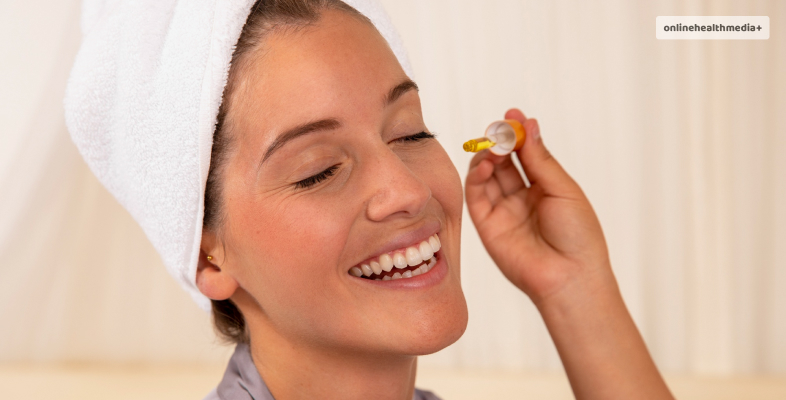
– Tea Tree Oil: Known for its natural antifungal properties, tea tree oil can be an effective remedy for fungal acne.
Mix a few drops with a carrier oil, like coconut oil, and apply it to the affected areas. However, be cautious with the concentration, as tea tree oil can be irritating in high amounts.
– Honey: Raw honey possesses both antifungal and antibacterial properties. Applying a thin layer of raw honey to the affected areas and leaving it on for about 15 minutes before rinsing can help soothe the skin and combat fungal overgrowth.
2. Probiotics:

Probiotics, which promote the balance of good bacteria in the body, can be beneficial for addressing fungal overgrowth.
Consuming probiotic-rich foods like yogurt or taking oral probiotic supplements may help restore the natural balance of microorganisms on the skin and within the body.
3. Aloe Vera:

Aloe vera is renowned for its soothing and anti-inflammatory properties. Applying aloe vera gel to the affected areas can help alleviate redness and irritation associated with fungal acne. Look for pure aloe vera gel without added chemicals for optimal results.
4. Apple Cider Vinegar:
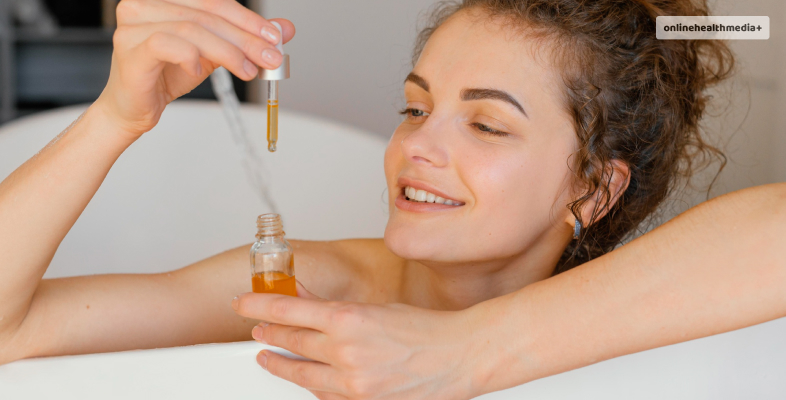
Apple cider vinegar (ACV) has antifungal properties and can be diluted with water to create a skin-friendly solution.
Dabbing this mixture onto the affected areas using a cotton ball may help rebalance the skin’s pH and create an inhospitable environment for the yeast.
5. Gentle Skincare Practices:
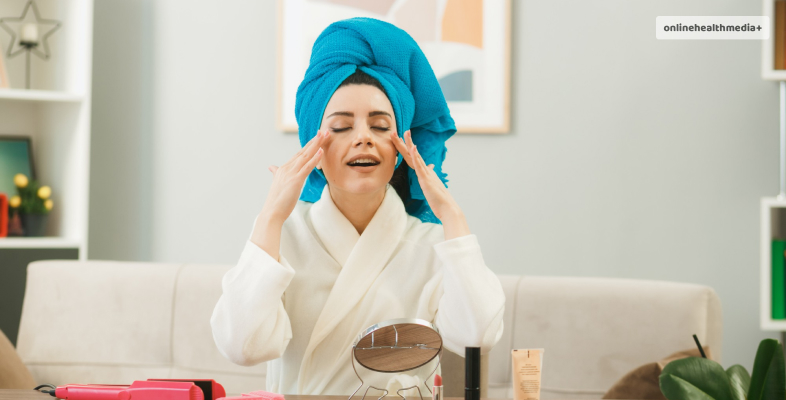
Using a gentle, pH-balanced cleanser is crucial for individuals with fungal acne. Avoid harsh cleansers that strip the skin of its natural oils, as this can exacerbate the condition. Opt for cleansers with minimal ingredients to reduce the risk of irritation.
6. Avoidance of Triggering Ingredients:
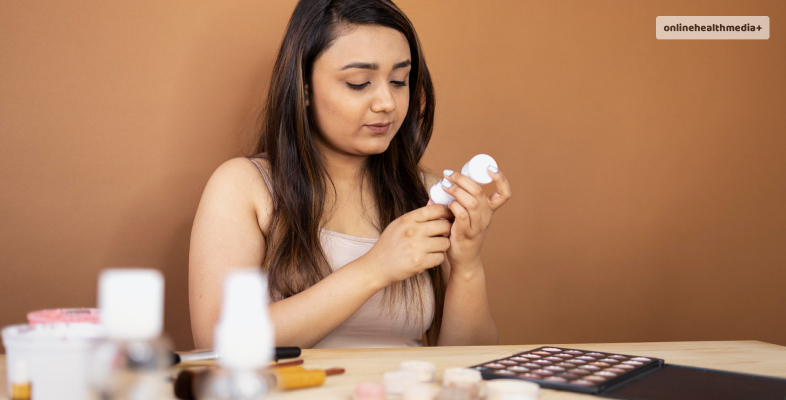
Fragrances in skincare products can aggravate fungal acne. Opt for fragrance-free products to minimize the risk of irritation and potential exacerbation of the condition.
7. Dietary Adjustments:

Since yeast thrives on sugar, reducing sugar intake may help in controlling fungal overgrowth. A diet rich in whole foods, vegetables, and lean proteins can contribute to overall skin health.
8. Hygiene Practices:
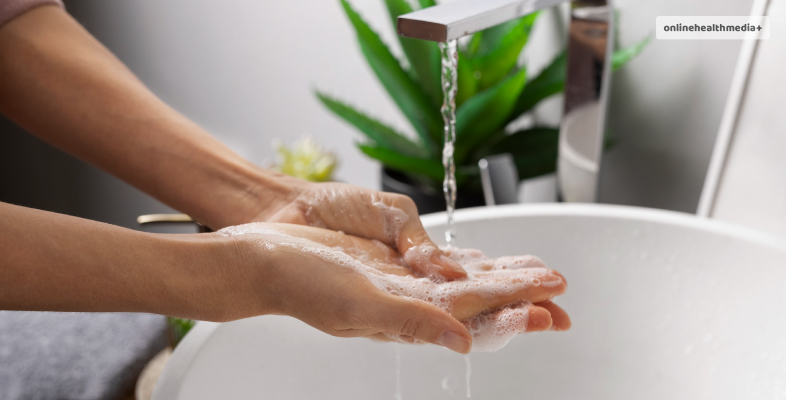
Changing out of sweaty or tight clothing promptly can help prevent the warm and moist environment that fosters fungal growth. Choose breathable fabrics like cotton to promote good airflow.
It’s important to note that while these home remedies can be beneficial for some individuals, results may vary.
Moreover, it’s crucial to consult with a healthcare professional or dermatologist before attempting any new treatment, especially if you have underlying health conditions or are unsure about the cause of your skin issues.
Conclusion
Fungal acne can be a persistent and bothersome skin condition, but with the right approach, it is manageable.
Home remedies and lifestyle adjustments, when combined with professional guidance, can contribute to the effective treatment of fungal acne.
Individuals experiencing symptoms of fungal acne treatment at home should not hesitate to seek advice from a dermatologist for an accurate diagnosis and a personalized treatment plan.
With a holistic approach that combines both professional guidance and at-home care, individuals can regain control over their skin health and achieve lasting relief from fungal acne.
Also read
- Top Electric Toothbrush For Kids.
- The Most Common Types Of Bicycle Accident Injuries.
- Compelling Reasons To Incorporate Shilajit Into Your Diet.
